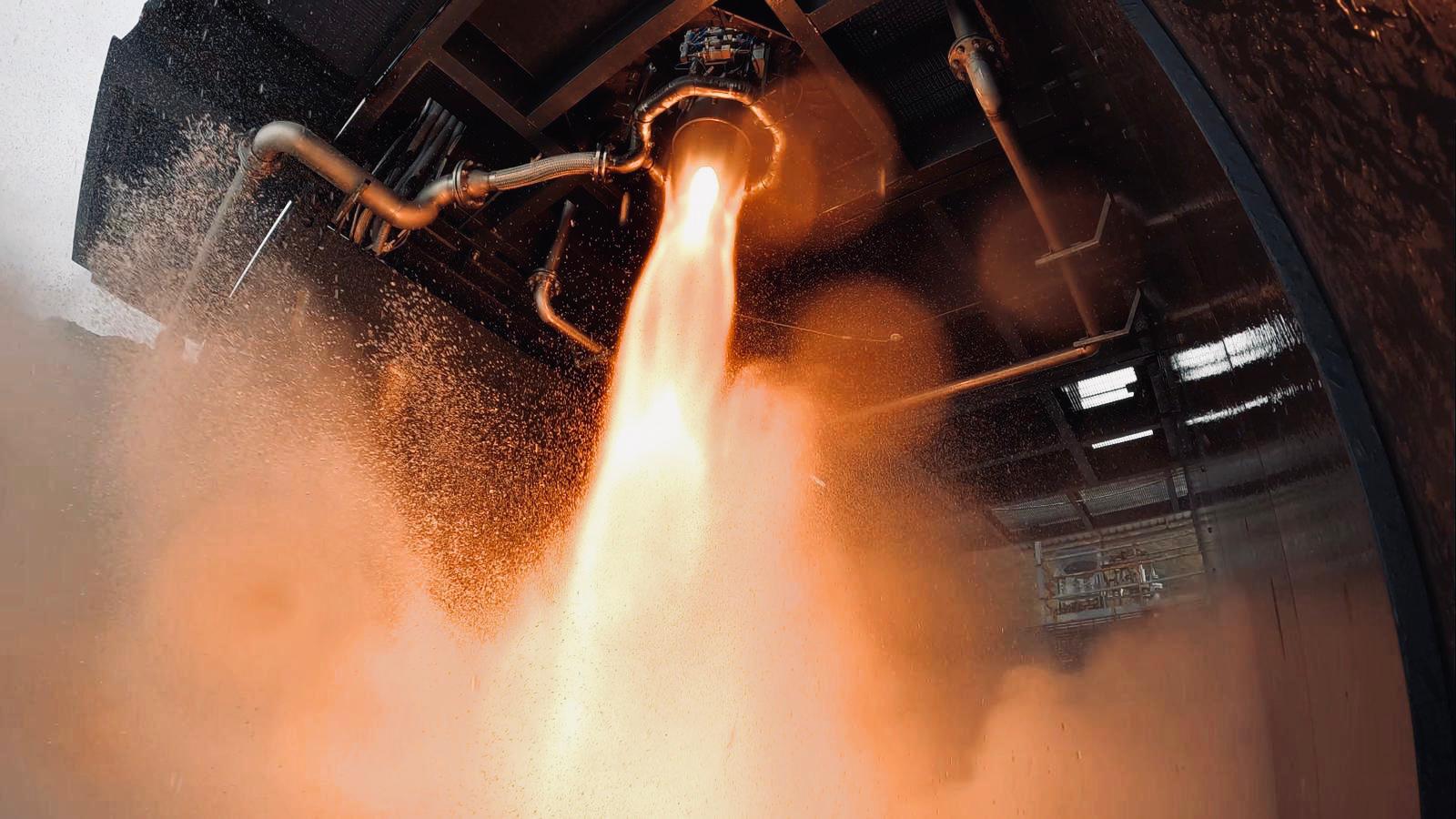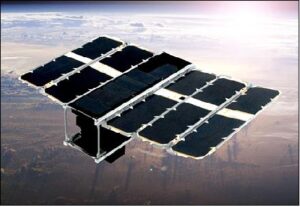3D-Printed Skyrora 70kN engine tested ahead of launch
19th Jun 2023
Edinburgh-based Skyrora has just begun full-duration tests of its updated 3D-printed 70kN engine. The launch company hopes to qualify the design of the engine and its 3D printer through the tests ahead of launching the three-stage Skyrora XL orbital rocket into space sometime in 2023. This Skyrora 70kN engine boasts several achievements for the company and for commercial rocketry in general.
The company announced the tests had begun on 19th June. They are taking place at its trial site in Midlothian, Scotland. The tests come just over a year after Skyrora completed a static fire test of the engine in May 2022.
3D-printed makes a more efficient engine
Validating the 3D printer’s ability to create working engines is a crucial part of the full-duration tests.
Skyrora’s updated engine was 3D-printed by the company’s Skyprint 2 machine for the very first time. The printer was developed to print multi-composite parts simultaneously from several materials, including Inconel, titanium alloys, aluminum alloys, and other super-alloys.
The engine can now be manufactured more efficiently, according to Skyrora. Compared to the original model – Skyprint 1 – the 70kN engine can be developed 66% faster at a 20% cost reduction. It has been manufactured with an improved cooling chamber to increase cooling process efficiency and extend the engine’s life.
Skyrora 70kn engine tests underway
The tests will involve the engine running for 250 seconds, reflecting the same time during a real mission to get to orbit. According to the company, the test will evaluate the engine’s life cycle and full operational envelope.
“A successful test will be indicated by nominal chamber pressures and thrust levels with no damage to the hardware,” Skyrora explains.
Following the tests, the engine will become the first commercial engine to have used a closed-cycle staged combustion system run on a Hydrogen Peroxide and Kerosene bipropellant, which is slated to increase the efficiency of the rocket.
After qualification, Skyrora hopes to scale up the production of the technology and build a series of engines to test the full first stage of the Skyrora XL – the last stage to be tested ahead of the demo orbital launch. The third and second stages were tested in 2020 and 2022.
Skyrora XL will be able to place up to 315 kilograms into Sun-Synchronous Orbit (SSO) between a range of 500 kilometers and 1,000 kilometers in altitude. The rocket will also be able to place satellites in Polar Orbit between 200 kilometers and 1,000 kilometers in altitude.
Getting ready to launch
Skyrora is one of the main contenders who could complete the first vertical orbital launch from the UK and hopes to be the leading launch provider for small satellite companies once it receives its launch license from the UK Civil Aviation Authority (CAA).
In July 2022, the company opened the UK’s largest rocket engine manufacturing facility in Cumbernauld, which contain the full Skylark L launch complex – a single-stage suborbital launch vehicle – and in the future, the Skyrora XL launch facilities.
Then in October, the company failed to reach suborbital space with its Skylark L sounding rocket. The vehicle left the launch pad from a site in Langanes, Iceland, but then splashed in the Norwegian Sea about 500 meters away from the launch site.
The latest tests mark a massive step towards launching under its contract with the European Space Agency’s (ESA) Commercial Space Transportation Services and Support Programme, which was signed in March 2021.






Thank you for your comment! It will be visible on the site after moderation.